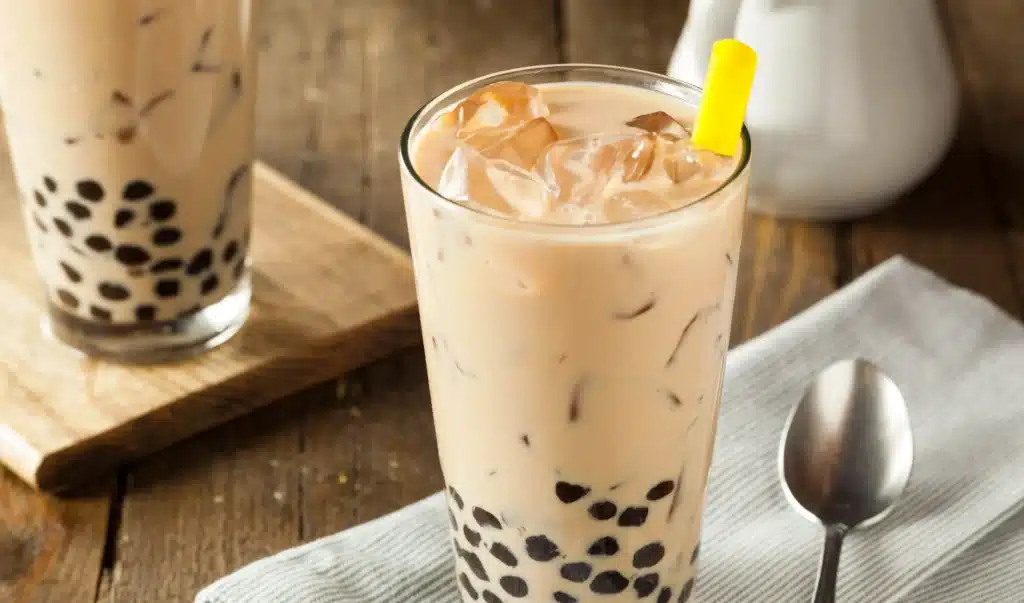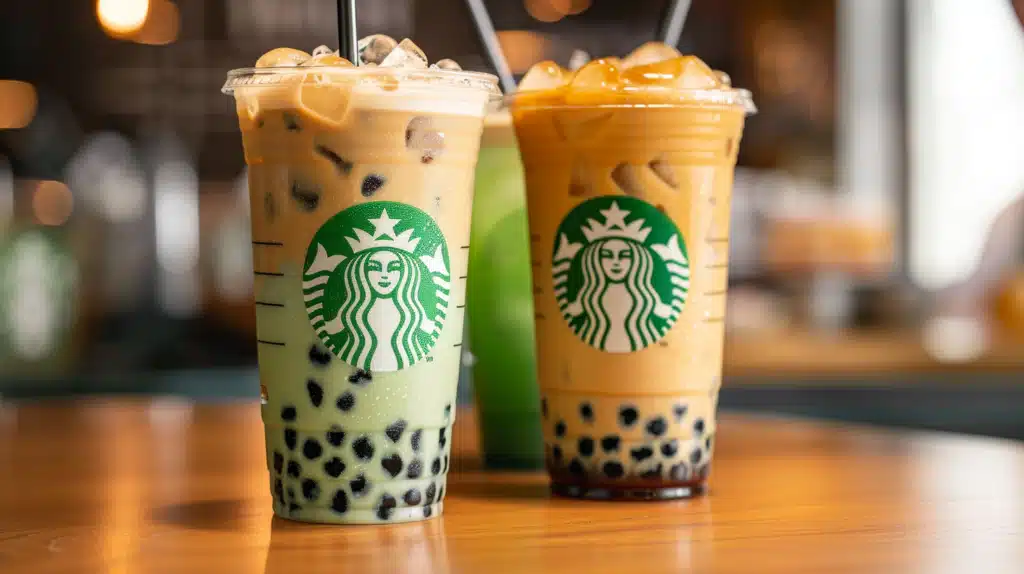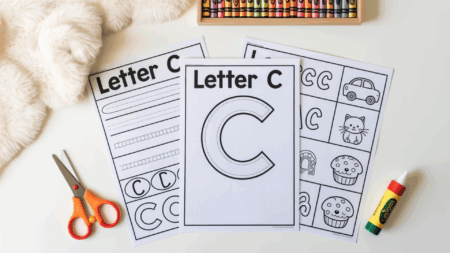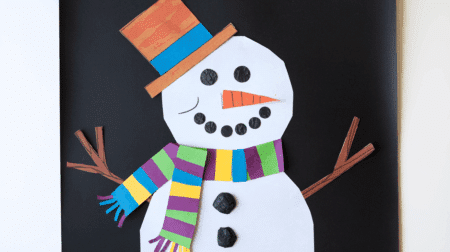In the era of trendy beverages, boba tea has taken the world by storm. This Taiwanese drink has become a global phenomenon with its chewy tapioca pearls and endless flavor combinations.
However, as big chains like Starbucks enter the boba scene, many wonder how their offerings compare to traditional boba shops’ offerings.
In this article, we’ll dive into the battle of the boba, pitting Starbucks against the tried-and-true favorites of boba enthusiasts.
We’ll explore each contender’s unique qualities, from the texture of their pearls to the overall customer experience.
By the end, you’ll clearly understand how Starbucks measures up in the boba world and whether it’s worth the hype.
Traditional Boba Shops

Traditional boba shops, such as Pink Pink Tea Shoppe, OMG Tea, and 7 Leaves Cafe, play a crucial role in preserving the cultural authenticity of boba tea.
These establishments often have deep roots in their communities and are known for their unique take on boba preparations.
Each shop offers unique style and flavor combinations, creating a diverse landscape for boba enthusiasts to explore.
Authentic Boba Experience
The authentic boba experience traditional shops offer is characterized by a commitment to conventional methods and high-quality ingredients.
Skilled boba makers meticulously prepare each drink, paying close attention to tea brewing techniques, tapioca pearl texture, and flavor balance.
The ambiance of these shops often reflects the cultural heritage of boba, with themed decor and a warm, inviting atmosphere that encourages socializing and savoring the moment.
Customer Loyalty and Preferences
Many customers remain loyal to traditional boba shops due to the personalized experience and sense of community they provide.
These shops often foster a strong connection with patrons, remembering their favorite orders and engaging in friendly conversations.
Boba enthusiasts highly value the ability to customize drinks to individual preferences, whether adjusting sweetness levels or exploring unique flavor combinations.
Starbucks’ Entry Into Boba Market

Starbucks strategically entered the boba market, recognizing the growing popularity of boba tea and the demand for innovative beverage options.
By introducing boba offerings, Starbucks aimed to capture a share of this thriving market and appeal to a wider range of customers seeking unique and trendy drink experiences.
Starbucks’ foray into the boba scene began with coffee-popping pearls, a twist on traditional tapioca pearls infused with coffee flavor.
The company also developed a range of boba tea varieties, carefully crafting flavors to cater to diverse taste preferences.
The development process involved collaboration with flavor experts and incorporating customer feedback to refine and perfect the final products.
Marketing and Accessibility
To promote its new boba offerings, Starbucks implemented a multi-faceted marketing strategy.
Social media campaigns showcased the visually appealing drinks, while in-store promotions encouraged customers to try the new additions.
Starbucks also seamlessly integrated boba options into its established menu, making them easily accessible across its global network of stores.
The widespread presence of Starbucks outlets ensured that their boba products were readily available to a large customer base.
Customer Perception and Reception
The reception of Starbucks’ boba offerings has been mixed.
Some customers praised the convenience and novelty of boba at their favorite coffee chain.
However, others expressed skepticism regarding the authenticity and quality of Starbucks’ boba compared to traditional shops.
Critics argued that Starbucks’ boba, being mass-produced, lacked the handcrafted touch and cultural nuances found in specialized boba establishments.
Comparative Analysis: Starbucks vs. Traditional Shops
| Aspect | Starbucks | Traditional Boba Shops |
|---|---|---|
| Product Offerings | Offers a streamlined menu with popular flavors for consistency and efficiency. | It boasts many flavors and toppings, allowing for extensive customization. Handcrafted pearls are often preferred for their quality. |
| Ambiance | Designed for quick service with a focus on efficiency and standardization. Consistent brand experience. | Cultivates an intimate, culturally immersive atmosphere. Often features unique, thematic decor. |
| Customer Service | Efficient service aimed at fast delivery. May lack personalized interaction due to standardized processes. | Staff are usually passionate about boba, offering personalized recommendations and attentive service. |
| Impact on Local Culture | It increases the visibility and accessibility of boba but may dilute cultural authenticity due to mass production. | Strengthens ties to local communities and emphasizes preserving authentic boba experiences. |
Consumer Preferences and Trends: Starbucks vs. Traditional Shops
Current consumer preferences in the boba market reveal a growing demand for authentic experiences alongside a desire for innovative flavors.
Younger generations, particularly millennials and Gen Z, are driving the trend towards Instagrammable and visually appealing boba creations.
Health-conscious consumers also seek boba options with lower sugar content and organic ingredients.
The demographic breakdown shows that while Starbucks attracts a broader customer base, traditional shops maintain a strong following among Asian communities and boba enthusiasts.
When choosing between Starbucks and traditional boba shops, consumers consider various factors.
For some, the convenience and accessibility of Starbucks locations are a major draw.
Brand loyalty also plays a role, with Starbucks customers appreciating the familiarity and consistency of their offerings.
However, many boba enthusiasts prioritize the quality and authenticity of the boba experience, opting for traditional shops that offer handcrafted drinks and a stronger connection to boba culture.
The Rise of Boba Tea
Boba tea, or bubble tea, has experienced a remarkable journey from a local Taiwanese drink to a global sensation.
This unique beverage has captured people’s hearts and taste buds worldwide with its chewy tapioca pearls and a wide array of flavors.
Its rise in popularity can be attributed to its distinct texture, customizable options, and the fun social experience it provides.
Cultural Significance
In Taiwan, boba tea became more than just a refreshing drink; it evolved into a cultural symbol deeply ingrained in daily life.
Tea houses serving boba tea became social hubs where friends and family gathered to relax, socialize, and enjoy their favorite flavors.
The drink represented a perfect blend of traditional tea culture and modern creativity, appealing to the older and younger generations.
Influence of Social Media
The rise of social media played a significant role in catapulting boba tea into the global spotlight.
Younger generations, particularly millennials and Gen Z, were drawn to boba tea’s visually appealing and highly Instagrammable nature.
Colorful, artfully layered drinks topped with chewy tapioca pearls became viral, with countless posts and hashtags dedicated to this trendy beverage.
Expansion of Boba into the Mainstream American Market
The United States has witnessed a remarkable surge in boba tea shops in recent years.
Major cities like New York, Los Angeles, and San Francisco have become hubs for bubble tea enthusiasts, with numerous establishments offering various flavors and toppings.
This trend has also extended to suburban areas, making boba tea accessible to a broader audience.
American boba shops have embraced innovation, experimenting with new flavors and dietary adaptations to cater to diverse preferences.
Non-dairy alternatives like almond and oat milk have become popular for those with lactose intolerance or vegan lifestyles.
Additionally, creative fusion drinks that combine boba with other desserts, such as ice cream or cheesecake, have emerged, further expanding the appeal of this versatile beverage.
Challenges and Opportunities: Starbucks vs. Traditional Shops
Market Saturation and Authenticity Challenges
Starbucks and traditional boba shops face challenges in the increasingly saturated boba market.
As more players enter the scene, standing out and maintaining a loyal customer base becomes more difficult.
Starbucks faces the additional challenge of preserving authenticity while operating on a large scale.
Conversely, traditional shops must work harder to differentiate themselves and communicate their unique value proposition to customers.
Strategies for Competitive Advantage
Starbucks and traditional boba shops must focus on their unique strengths to gain a competitive advantage.
Starbucks can leverage its extensive distribution network and marketing prowess to reach a wider audience and create buzz around its boba offerings.
Traditional shops can differentiate themselves by emphasizing cultural authenticity, community involvement, and personalized service.
Embracing local flavors, sourcing high-quality ingredients, and creating immersive experiences can help traditional shops stand out in a crowded market.
Conclusion
In the battle of the boba, Starbucks and traditional shops each bring unique strengths.
While Starbucks offers convenience and a global presence, traditional shops excel in authenticity and cultural connection.
As consumer preferences evolve, both contenders must innovate and adapt to stay competitive.
Ultimately, the choice between Starbucks and traditional boba shops comes down to individual priorities—whether one wants a mainstream chain’s quick fix or a local establishment’s immersive experience.
As the boba market grows, Starbucks and traditional shops have ample opportunities to thrive by playing to their strengths and embracing the diverse tastes of boba enthusiasts.
So, the next time you crave a boba fix, consider what matters most to you—convenience or authenticity—and let that guide your choice.




